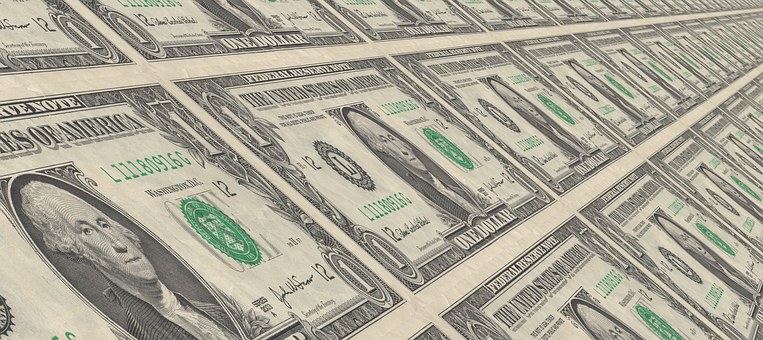11th October, 2018

The dollar weakened on Thursday following an overnight drop in U.S. Treasury yields, though moves in foreign exchange markets were far more contained than the global rout in stocks.
Risk appetite broadly remained robust in currencies, with the Aussie and the kiwi rallying by half a per cent each against the greenback.
“The dollar’s weakness may be due to some unwinding of very long positions …after the overnight drop in U.S. yields but these are very volatile markets,” said Manuel Oliveri, a currency strategist at Credit Agricole in London.
Against a basket of its rivals, the dollar fell a quarter of a per cent to 95.17. It has fallen 1 per cent in the last two trading sessions and is holding at its lowest level since the start of October.
With long dollar positions at their biggest since end-2016 among hedge funds, markets have become very focused on any slight tweak in likely policy settings from the U.S. Federal Reserve and any data that might change the central bank’s thinking.
U.S. inflation data for September is due later in the day with market expectations at 0.2 per cent on a monthly basis.
As investors selectively took shelter in safe-haven assets, the MSCI index of global stocks hit its lowest levels since early February while gauges of market volatility jumped.
Yields on 10-year U.S. Treasury debt ticked six basis points lower to 3.16 per cent though similar gauges in currency markets such as the Japanese yen and the Swiss franc were broadly steady.
The Swedish crown rallied 1 per cent against the euro after robust house price and general inflation data.
The euro edged a fifth of a per cent higher to $1.1541 on broad dollar weakness, though widening yield spreads between Italian and safe-haven German debt capped gains.


